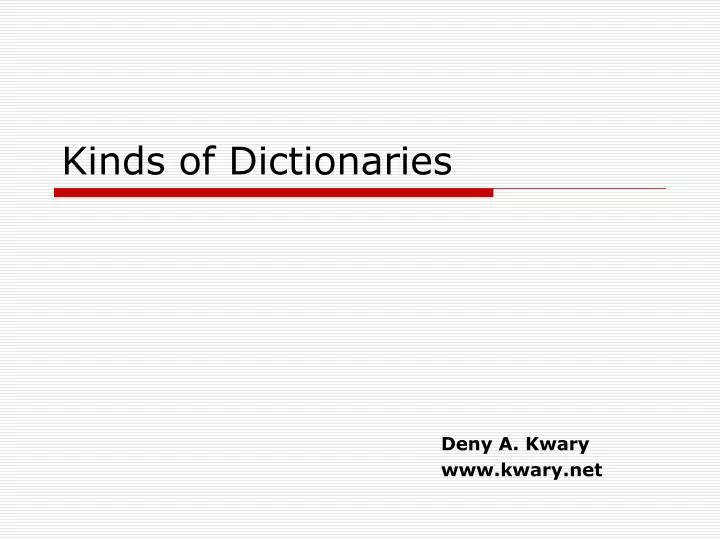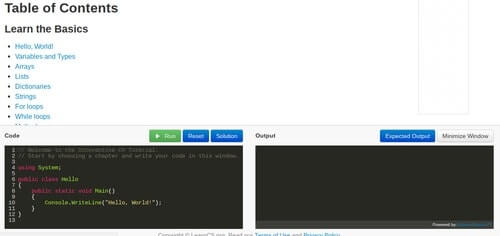
To use a key to return a value, you use the same square brackets used in indexing. To do so you use a similar notation to indexing. However, you can use the key to get the value. Most often you'll know the key, but not the value. You typically know the word you want translated, but you don’t know the translation. Typically, in a dictionary, you're interested in getting the value from a key-value pair.

Now, let’s access data inside our dictionary. # let's check the length by using the len fuction you can check that using len(d), which returns 0. You can easily check that the variable d is, in fact, of type dictionary by using type(d) and seeing that it returns dict , the length of an empty dictionary is 0. In Python, you wrap dictionaries in curly braces (. Image Source: Edlitera How Do You Make A Python Dictionary? That's because dictionaries map, or associate, key objects to value objects. You may also hear dictionaries referred to as mappings. You can rephrase this to say that a dictionary is a collection of key-value pairs.

The item being translated is called the key and the translation is the value. Python dictionaries, more precisely, are a collection of object pairs: What's the Difference Between a Dictionary and a Python Dictionary? These screenshot examples are just a few of the functions of dictionaries in Python. Or, you could have a dictionary that maps countries to their capital cities: Word translations is a great example, but you could also have a dictionary that does something like map fruits to their market price per pound: (I translated these using Google apologies if they're not the most accurate!) A dictionary data structure, like this screenshot example, is useful for storing certain types of data: My dictionary maps the English words “morning,” “afternoon,” and “evening” to their Spanish counterparts. You can actually start with the common definition of "dictionary" to understand dictionaries in Python. One type of dictionary is a book that translates words between languages, like a Spanish to English dictionary. Unless you've used other programming languages before, the word “dictionary” might make you think of a few things.
12 types of dictionaries how to#



 0 kommentar(er)
0 kommentar(er)
